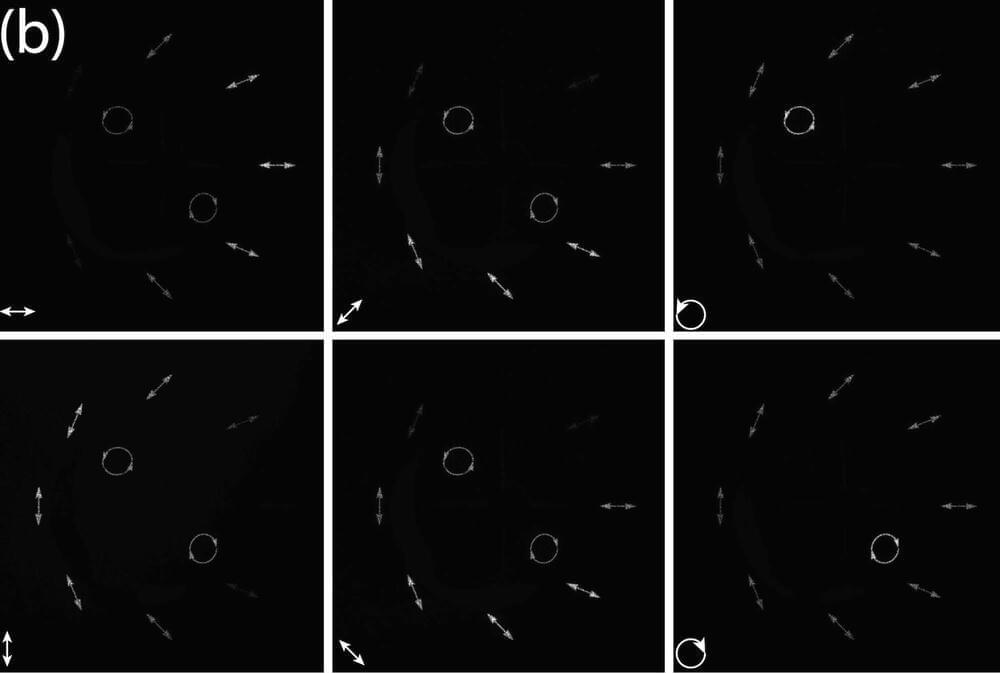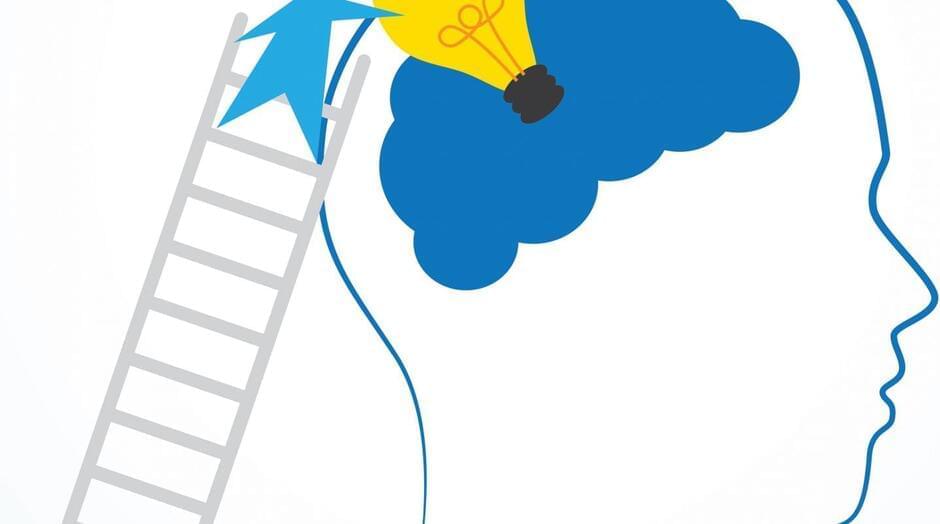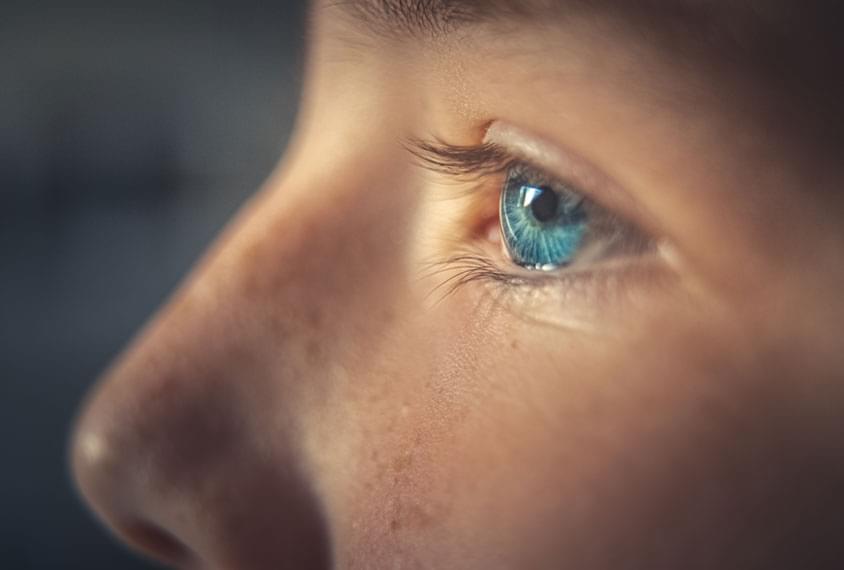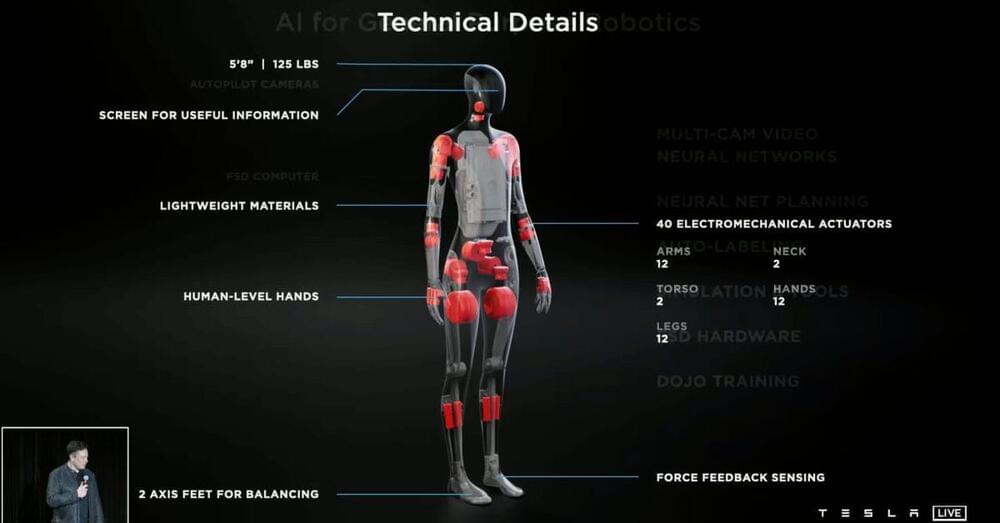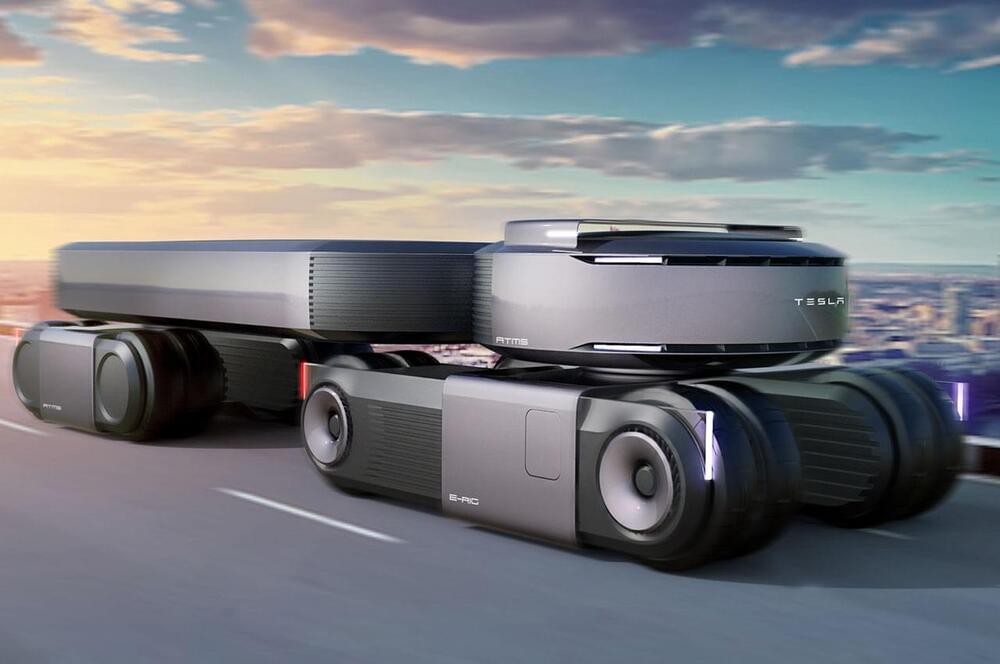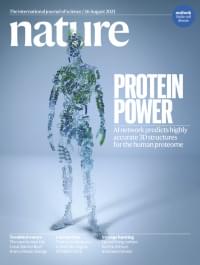First-of-their-kind images of the magnetic field around a black hole may explain how the black hole shoots out a jet of energy and matter more than 5,000 light-years into space.
The new images come from the first black hole ever photographed, which sits at the center of Messier 87 a giant elliptical galaxy 55 million light-years away. In 2,017 an international collaboration of more than 300 researchers coordinated 11 radio telescopes around the globe to observe the center of M87. The resulting joint telescope was dubbed the Event Horizon Telescope (EHT). The result, released in 2,019 was an image of a black hole surrounded by a doughnut of glowing matter.
Now, a new analysis of the data reveals that the light in that glowing doughnut is partially polarized, meaning the light waves vibrate in a single plane. This is a signature of light that has passed through hot, magnetized space, and its presence means researchers can begin to map out the magnetic field at the edge of the black hole.


